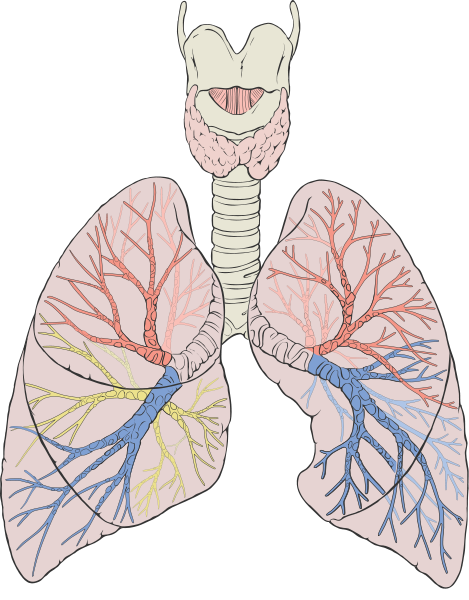Note that your final mark will not be saved in the system.
C5–C7 Responses, Adaptations and Additional Factors Typeit
Type the correct answers into the spaces. Fill all the spaces before clicking ‘Check Answers!’

At rest, breathing is generally an unconscious effort, with the normal breathing rate (the number of breaths per ) being around 12–20. The average resting value for tidal volume (the of each breath) is around 500 ml.
In response to a single exercise session, there is an in both breathing rate and tidal volume, the size of which reflects the intensity the body is working at. This increases the rate of between the alveoli and the capillaries, increasing oxygen delivery and carbon dioxide removal. A greater diffusion is created by a larger difference between the concentration of oxygen in the alveoli and that in the capillaries. This means that a greater amount can be transported to the working muscles, where the partial pressure of oxygen is than that it is in the surrounding capillaries, resulting in a greater rate of oxygen extraction. Moreover, the increase in carbon dioxide produced at the muscle during exercise is transported in the blood to the lungs, where the concentration in the surrounding capillaries is much . This results in a greater rate of diffusion into the lungs and exhalation into the atmosphere.
The greater rate of diffusion between oxygen and carbon dioxide is also an adaptation to regular training, allowing the body to become more efficient with its use of these gases in exercise. Another long-term training adaptation is a greater , which is the volume of air that can be exhaled from the lungs following maximal inhalation. This is made possible by adaptations in the respiratory muscles, such as the intercostals and the , whereby they become and are able to produce a more forceful contraction which increases the volume of the cavity.